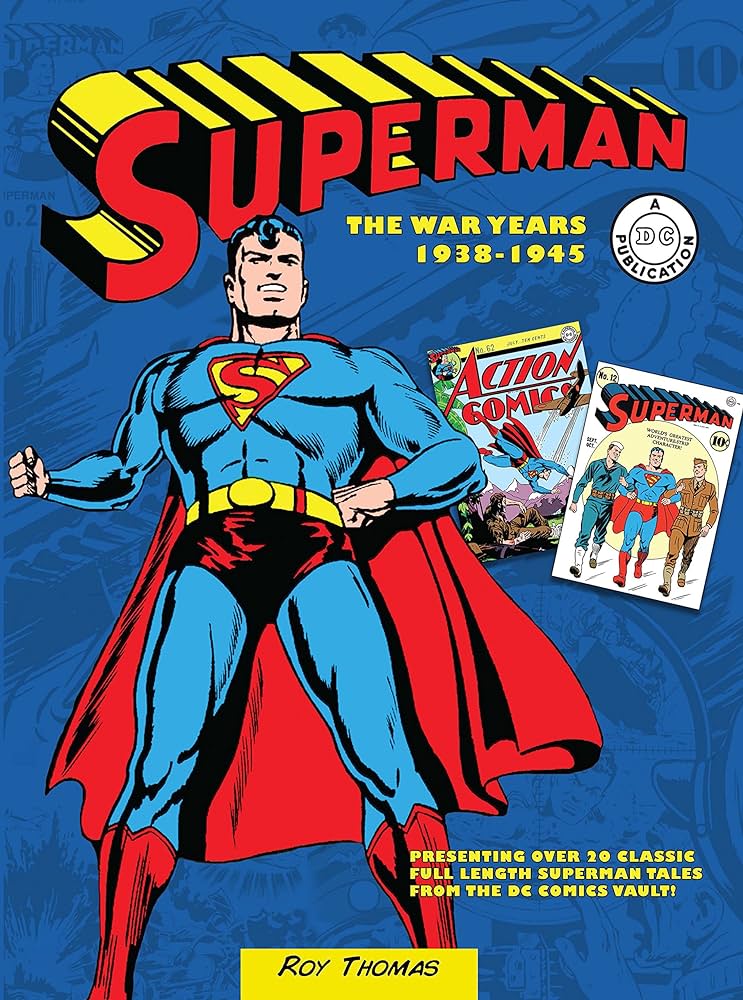Superman, the iconic Man of Steel, has been soaring through the pages of comic books for an impressive 85 years. Since his debut in Action Comics #1 in 1938, Superman has become a cultural phenomenon, shaping the superhero genre as we know it. While other superheroes have taken the spotlight in recent years, the anticipation of Superman: Legacy reminds us of the enduring power of this superhero. Let’s take a trip down memory lane and explore the top comic book eras that have defined Superman’s illustrious career.
10. Mark Millar’s Wholesome Twist Mark Millar, known for his edgy works, surprised many by starting his American comic book career with wholesome Superman stories in Superman Adventures, based on the ’90s cartoon. However, it was his non-continuity Elseworlds story, Superman: Red Son (2003), that truly left a mark. In this alternate reality, Kal-El lands in the Soviet Union, showcasing Millar’s ability to explore Superman’s innate goodness regardless of his upbringing.
9. Kurt Busiek’s Modern Narratives Already a comics legend, Kurt Busiek brought his storytelling prowess to Superman, delivering compelling narratives in both Action Comics and Superman. His Elseworlds tale, Secret Identity, offered a unique perspective on Clark Kent’s journey, while the “Up, Up, and Away” arc, co-written with Geoff Johns, explored Superman’s heroism without powers. Busiek’s later “Camelot Falls” storyline delved into Kal-El’s vulnerability to magic, making his era one deserving of more attention.
8. Mark Waid’s Birthright Reimagined Mark Waid, known for his work on The Flash and Justice League, made his mark with the 12-part mini-series Superman: Birthright in 2003. This modern retelling of Superman’s origin emphasized the character as a citizen of the world and introduced the iconic “S” shield as the Kryptonian symbol for hope. Waid’s ability to capture Superman’s innate goodness in an endearing way solidified Birthright as one of the best origin stories in the comic book medium.
7. Peter Tomasi and Patrick Gleason’s Rebirth The “New 52” reboot brought changes to Superman, but the “Rebirth” era in 2016 revitalized the character. Writers Peter Tomasi and Patrick Gleason returned Superman to his classic roots, depicting him as a husband to Lois Lane and a father to young Jon Kent. Tomasi’s focus on the Kents as exemplary parents, coupled with epic battles, made this era a fan-favorite that lasted a commendable four years.
6. Jeph Loeb’s Impactful Run Jeph Loeb, known for his work on Batman and Spider-Man, left an indelible mark on Superman with his 1998 mini-series Superman For All Seasons. This cozy, Americana-focused tale explored Superman’s impact through the eyes of characters like Lois Lane and Lex Luthor. Paired with artist Ed McGuinness in the main Superman title, Loeb’s run included memorable stories like Luthor’s political ambitions, showcasing the writer’s ability to craft enduring solo adventures for the Man of Steel.
5. Geoff Johns’ Continuity Mastery Geoff Johns, a master at rescuing lost elements of past continuity, brought his expertise to Superman in 2006. Collaborating with artists like Gary Frank, Johns seamlessly incorporated lost eras into a cohesive whole. His run introduced Clark and Lois’s adopted Kryptonian son, restored connections to the Legion of Super-Heroes, and reimagined classic villains like Brainiac. Johns’ six-part Secret Origin stands out as a definitive retelling, combining elements from various eras into the best version of Superman’s origin story.
4. Grant Morrison’s All-Star Brilliance Grant Morrison’s All-Star Superman (2005-2008) is hailed as one of the most definitive takes on the character. In this 12-part celebration, Morrison, along with artist Frank Quitely, explores Superman facing his own mortality. The story embraces the wacky Silver Age elements with earnestness, turning seemingly silly aspects like Krypto the super dog into poignant moments. Morrison’s run also includes the “New 52” reinvention in 2011, providing a unique and thought-provoking perspective on Clark’s early years.
3. John Byrne’s ’80s Revamp By the early ’80s, Superman was considered a relic, but John Byrne’s revamp in 1986 breathed new life into the character. Byrne’s Man of Steel mini-series stripped away Silver Age elements, providing a modernized origin and mythos. He revamped supporting cast and villains, making Lex Luthor a megalomaniacal CEO. Although his run was relatively short, lasting two years, Byrne’s contribution remains a high watermark and revitalized Superman comics.
2. Mort Weisinger’s Silver Age Legacy Mort Weisinger’s Silver Age era (1958-1969) stands out as a period of significant expansion in the Superman mythos. Under Weisinger’s guidance, elements like Supergirl, Krypto the Super Dog, the Legion of Super-Heroes, and various forms of Kryptonite were introduced. The era also elevated Superman’s rogues’ gallery with iconic villains like Brainiac, Bizarro, and Parasite. Weisinger’s influence laid the foundation for Superman’s extensive mythology and made significant contributions that continue to shape the character today.
1. Mike Carlin’s “Triangle Era” The top spot goes to Mike Carlin’s “Triangle Era” (1991-2002), a unique period where multiple creative teams worked cohesively under one editorial voice. With a small triangle on each issue’s cover indicating its place in the timeline, Superman, Adventures of Superman, and Action Comics formed a grand narrative. This unprecedented coordination led to major events like “The Death and Return of Superman,” a ground breaking storyline that boosted sales and turned Superman into a weekly sensation. Although the era lost steam around 1997, the first five years were unparalleled, making it the most impactful era in Superman’s comic book history.
As we reflect on these remarkable eras, it’s clear that Superman’s legacy is not just about individual stories but the collective creativity that has shaped the character over the decades. Whether it’s exploring alternate realities, reimagining origins, or embracing the whimsical side of the Silver Age, each era adds a unique layer to the enduring saga of the Man of Steel.


